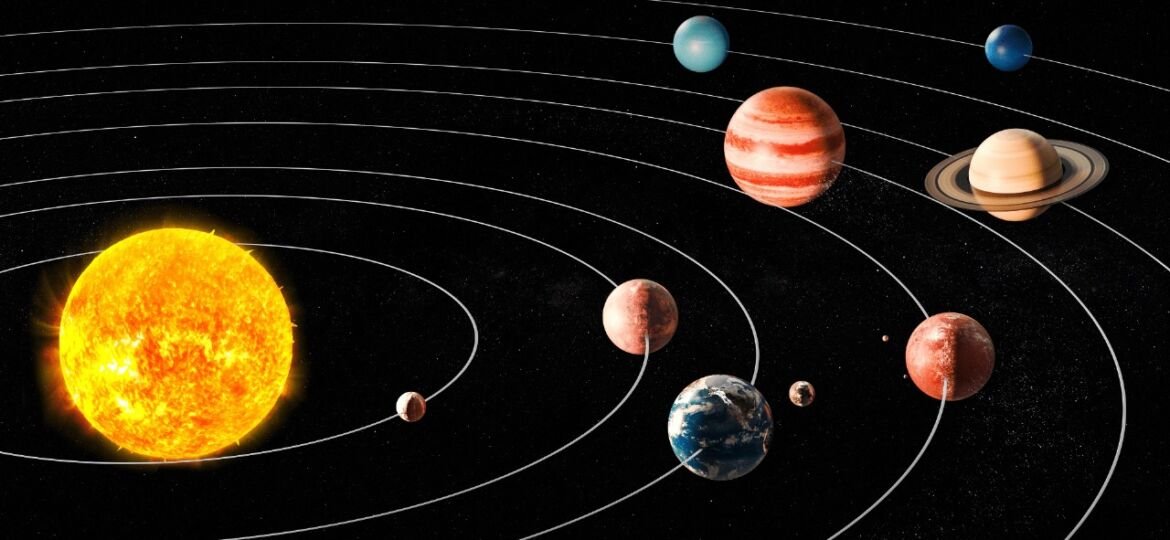
The Indian Space Research Organization (ISRO) is set to achieve another milestone by launching Aditya L1 which will be the first space mission to study the solar atmosphere. The space craft will be inserted into a halo orbit (L1 point) in between sun and earth to study the solar atmosphere, solar magnetic forms and its effect on earth environment. The halo orbit around the L1 point will provide the advantage of continuously viewing the sun without any eclipses/occultation which will ultimately beneficial in observing the solar parameters in real time. The spacecraft designed to carry seven payloads to study the photosphere, chromosphere and the outer layer of the sun (the corona). The study will be carried out by using electromagnetic and particle and magnetic field detectors. Four payloads directly see the Sun from the exceptional vantage point L1, while the remaining three payloads conduct in-situ particle and field studies at the Lagrange point L1, offering essential scientific studies of the propagatory influence of solar dynamics in the interplanetary medium.
The Aditya L1 are expected to provide the insights to understand the problem of coronal heating, coronal mass ejection, pre-flare and flare activities and their characteristics, dynamics of space weather, propagation of particle and fields etc.
The major science objectives of Aditya-L1 mission are:
- Research into the dynamics of the Sun’s upper atmosphere (chromosphere and corona).
- Investigation of chromospheric and coronal heating, physics of partially ionised plasma, coronal mass ejections, and flares
- Study particle dynamics from the Sun by observing the in-situ particle and plasma environment.
- Solar corona physics and heating mechanism.
- Coronal and coronal loop plasma diagnostics: temperature, velocity, and density.
- The evolution, behaviour, and origin of CMEs.
Determine the sequence of processes that occur at different levels (chromosphere, base, and extended corona) that lead to solar eruptive events.
- Topology of magnetic fields and magnetic field measurements in the solar corona.
- Space weather drivers (origin, composition, and dynamics of solar wind).



